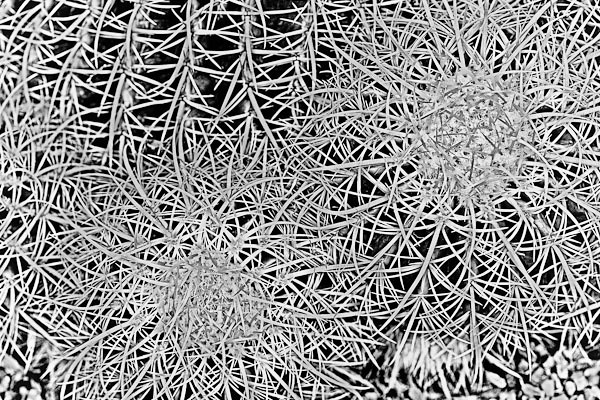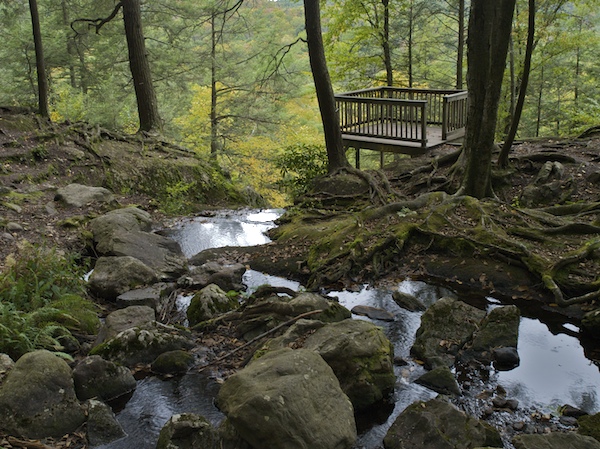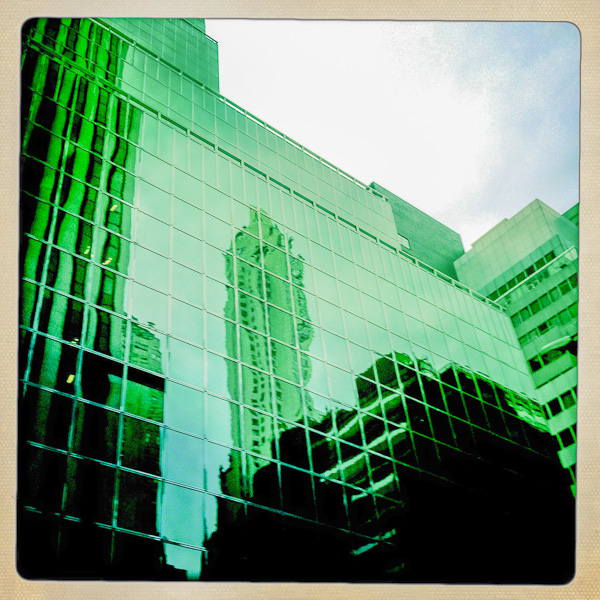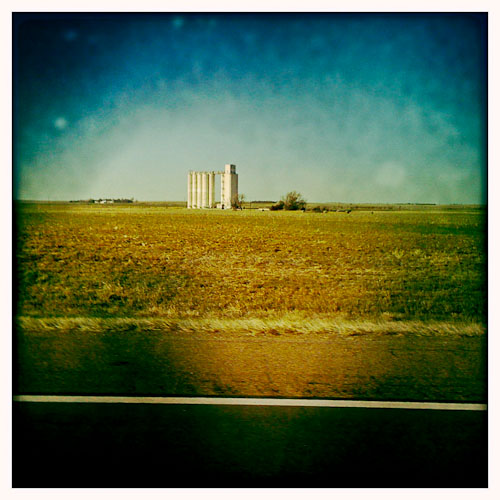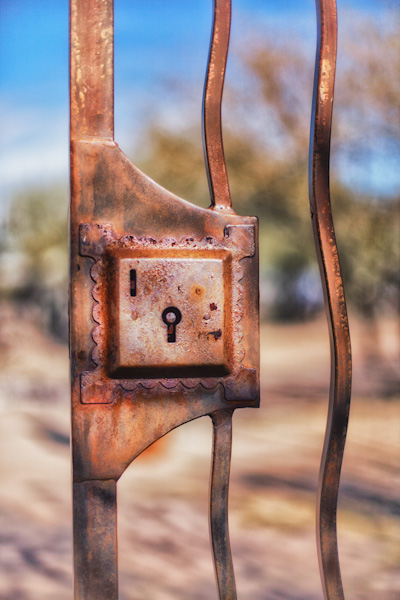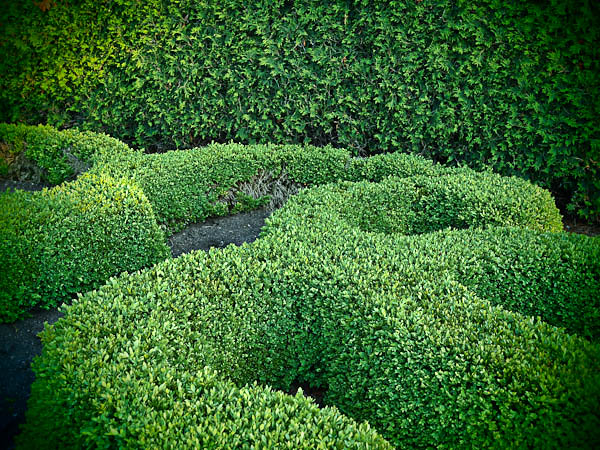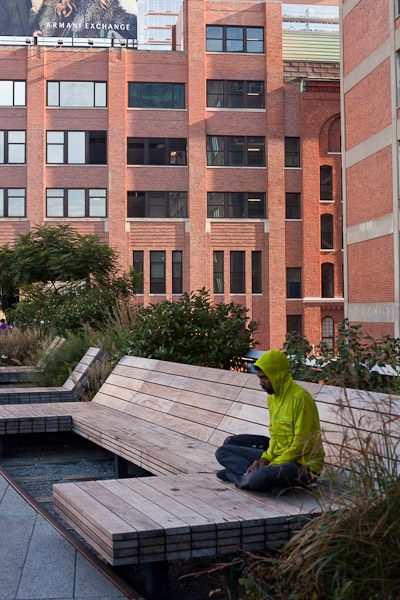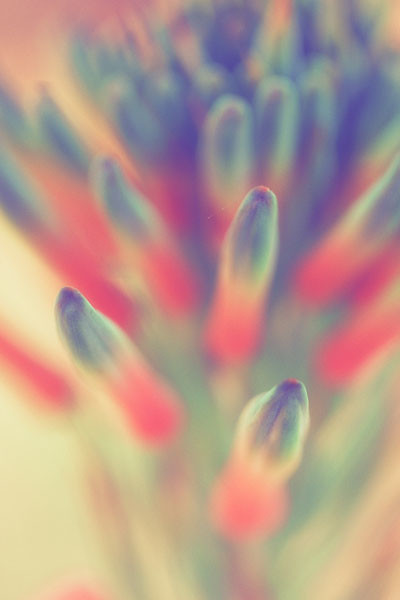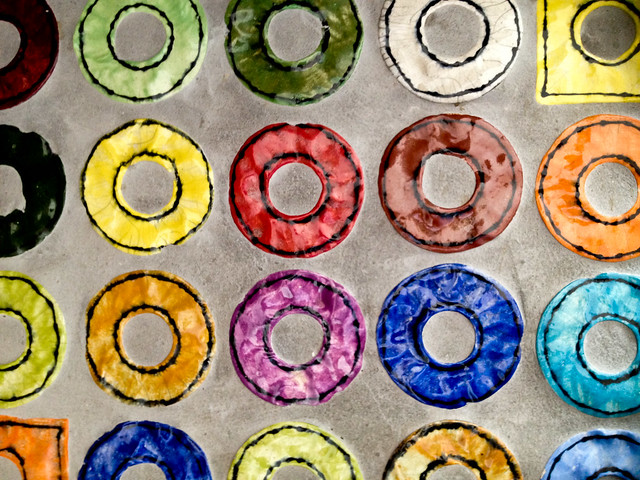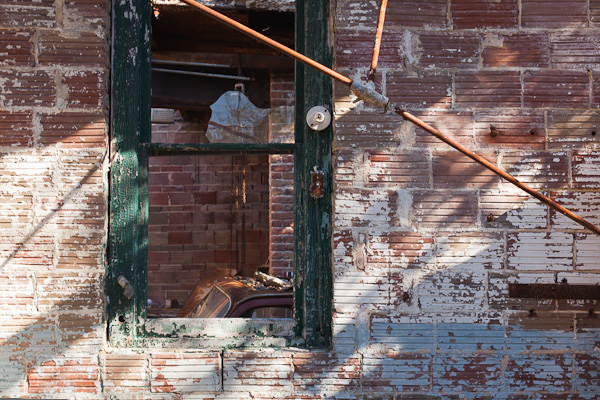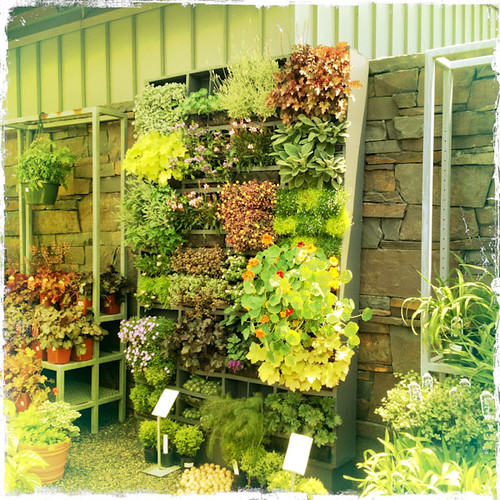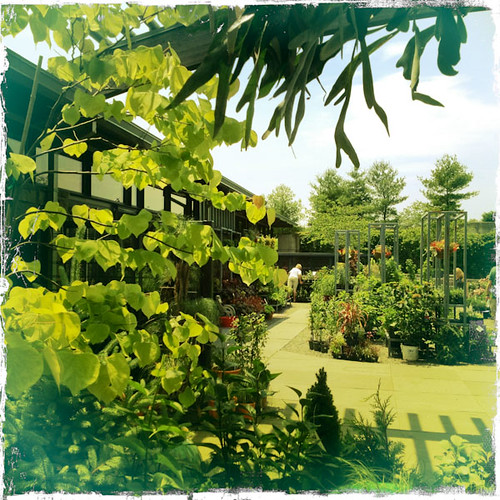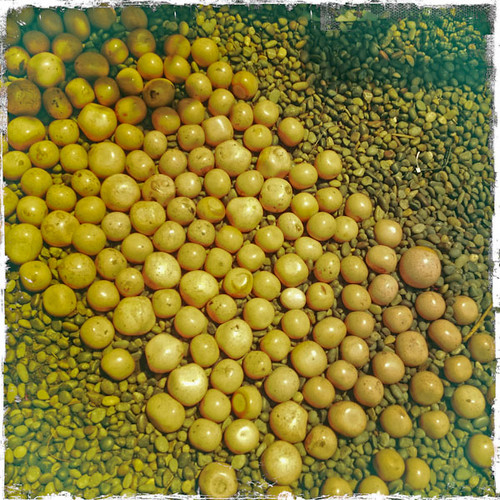Online Rx Tramadol N is for Nature and Non-attachment
Even though I photograph almost any subject, I spend as much time as I can in the natural world and take a greater percentage of nature subjects than any other. I also like to play with nature photos, especially macro-photographs such as the above barrel cactus. I loved the symmetry emphasized with a black and white conversion.
Not only do I love to photograph desert plants, I love learning about them. I find their various ways of adapting to their environment fascinating. In order to survive, they have an extensive system of spiny protrusions and other such things to dissuade potential munchers.
I’ve been working on the idea of non-attachment – the idea that too much attachment for a specific outcome can cause difficulties. And I was thinking that the cactus is the perfect symbol for non-attachment. Oh, yeah!
https://www.merlinsilk.com/neologism/ O is for Observation and Opportunity.
These “O” words speak deeply to me about photography – my photography and photography in general.
Observation is so key to photography that it is almost too obvious to include in an alphabet like this. Observational skills are honed in the search for a photograph. That is not to say that a camera to required to polish observational skills, but a camera becomes a constant reminder to look around, to see beyond the initial glance. I consider my camera a great prop, an observation kick-starter.
Opportunity is another one of those obvious words that partner well with photography. Some people take photographs at special occasions (or opportunities) – a vacation, a holiday, an annual gathering, a perfect sunset. But opportunity is more about “being” there for the experience of the photograph rather than “finding” a photographic subject.
Any subject is a subject worthy of photographic exercise. I’ve photographed more walls than I would once have thought possible, or sane. Yes, walls. Wall with shadows, walls with texture, walls with vines, walls of adobe, brick, stone, historical walls in ruins. (Maybe I should copy and paste this under “W”!)
I’ve also taken thousands of photographs of trees. Recently I realized that there is some form of tree – perhaps a branch, a shadow, a leaf – in a large percentage of my photos. I didn’t start with the intent to photograph trees in such depth, but it seems the trees found me. Or perhaps I’ve never met a tree I didn’t like, one I didn’t think worthy of a tree portrait.
I’m not saying that I don’t take advantage of a photographic opportunity that comes my way. I carry a camera almost all the time – whether I’m going across country, across the city, or across the parking lot. You don’t have to wait for a special opportunity for a photograph; opportunity will find you if you’re paying attention.
P is for Perspective and Place.
And then there is the perspective of a lonely, open road at dusk. This is a photograph of a Texas panhandle highway. Telephone poles, grain elevators, semi-trucks, and a Texas Highway sign. It’s all about place. And perspective.
Q is for Questions and Quotations.
I sometimes take photographs to find the answers to questions I am pondering. Sometimes I take photographs to put the questions I don’t know how to ask into a concrete form. And sometimes I take photographs because I have questions that don’t have answers.
When I begin to write a blog post, and I have a photograph I want to share, I sometimes don’t have the words to accompany the photo. There is a meaning in the photo, but it’s not easily seen. So I go searching through my many dozens of unorganized journals for a relevant quotation. It seldom takes me more than a few minutes to find a quote that says exactly what I was struggling to say.
Here is one such photograph, and the quote I found to pair it with:
There are hundreds of paths up the mountain,
all leading in the same direction,
so it doesn’t matter which path you take.
The only one wasting time is the one
who runs around and around the mountain,
telling everyone that his or her path is wrong.~ Hindu teaching
—————-
Bo Mackison is a photographer and owner of Seeded Earth Studio LLC. Part V of the Annual Photo Alphabet continues with http://economiacircularverde.com/que-es-la-economia-circular/ Rituals thru Universe.
